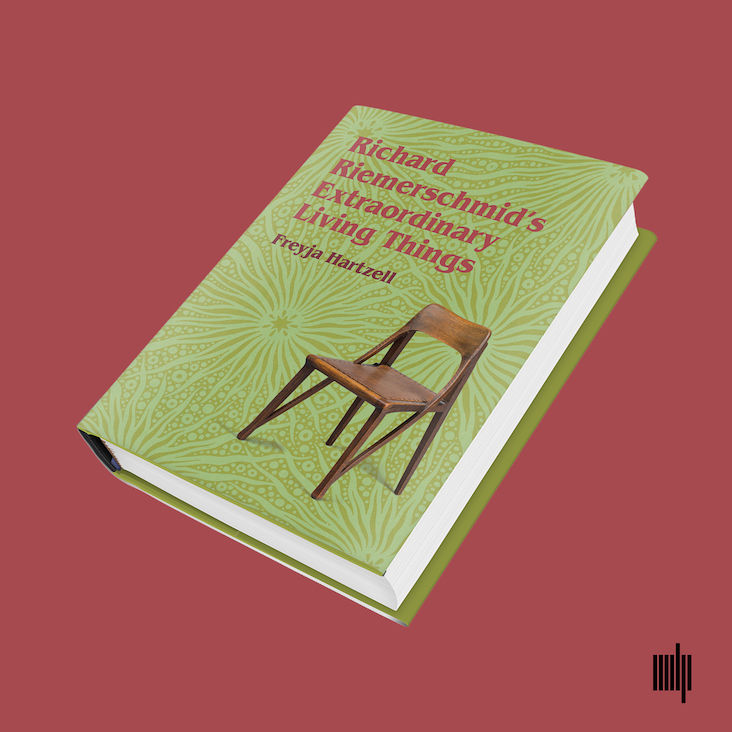In an Atlantic article titled “Late-Stage Pandemic is Messing with Your Brain,” psychologist Rachel Kowert compared being home-bound to being trapped in a dollhouse. Indeed, even the stacked-box layout of Zoom classes—a hodgepodge of static backgrounds inhabited by talking heads—can feel like looking into one. How appropriate, then, that the final assignment for Bard Graduate Center assistant professor Freyja Hartzell’s spring semester course, “Doll Parts,” was to create a virtual dollhouse. Hartzell’s research for a future Focus Project exhibition inspired the course. In class discussions, students processed an extensive list of reading materials that address the cultural importance of dolls, past and present, widening the definition of “doll” to include reliquary figures, burial statues, automatons, robots, and mannequins.
To communicate the class’s questions, findings, and conclusions, Hartzell asked students to create a collaborative digital project to serve as an archive for diverse source material on dolls and the different roles they play. Engaging its audience with interactive multimedia features, the website takes dolls seriously, in a fun way. Excited by the creative challenge of making an accessible site combining research, storytelling, and visual design, the class banded together to brainstorm. Hartzell proposed the idea of a digital dollhouse with rooms visitors could explore, and the class decided that each student would take charge of a room in the house. Hartzell thought the dollhouse format “seemed like a fun way to give each student her individual ‘space’ (figuratively and virtually) within the larger project, but also to cultivate its collaborative aspects.” Visitors to the site could click on a room to go to a page containing student research, and the room would be designed to reflect that content. Furthermore, each room would be inhabited by a different doll, and the web page text would tell their story. An introductory invitation on the site’s landing page reads,
Throughout its centuries-long history, the dollhouse has provided many children the freedom to explore and play with the human form. … Dolls reflect their owners, along with the social and cultural values of a certain time. Furthermore, they have lives of their own. Every doll carries a different story—one of use, abuse, making and unmaking, gender, race, sex, cultural contact, or death…. Click through to enter and hear these dolls speak for themselves.First-year MA student Katherine Lanza drew and designed the dollhouse. She sketched the outline of a Victorian house with seven rooms and then used Photoshop to collage the interiors according to the specifications of each student’s vision for their room. The rooms reflect the eclectic range of topics students wrote about: The dressing room is a gateway to Marie Brimicombe’s writing on doll hair; the attic atelier leads to Emma McClendon’s narrative of the shop window mannequin; the dining room houses my discussion of puppets, dolls, and prosthetics; in the parlor one finds Louise Lui’s research on the European obsession with chinoiserie figurines in the seventeenth and eighteenth centuries; the library contains Mabel Taylor’s essay about books with dolls as protagonists; the media room features Madeline Porsella’s work on representations of dolls in film; and in the basement laboratory, Lanza muses on the distinctions between good and bad robots. As Lui noted, “the dollhouse was a great way to put a pastiche of different research topics into conversation with each other in an easy, casual–but still academically rigorous–manner.”
Projects such as this encourage collaboration while also allowing students to hone useful web skills and gain experience using a digital platform to display research in a different way than they would in a research paper. Hartzell described the final product as “not only a testament to [the students’] individual capabilities and talents, but also to a model of research to which I increasingly subscribe: generous, collaborative work that benefits everyone involved, as well as the larger intellectual community…. During a time when we’ve experienced so much loss and separation, it was really nourishing to witness this close-knit intellectual community develop over the course of the semester. I hope this model is one we can repeat and develop at BGC.”
Mackensie Griffin is a first-year BGC MA student.





